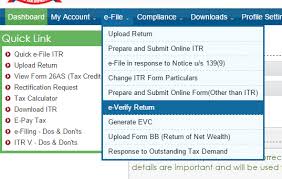The government has extended last date for filing of income tax returns (ITRs) for those taxpayers who are required to file their returns along with audit reports from Sept 30 to Oct 15, 2018.
The text of the notification by CBDT is as below:
However, it adds that “Liability to pay interest under section 234A of Income Tax Act will remain.” It is important to note that if one has any unpaid tax liability then penal interest on the same may be leviable.
Typically, tax practitioner bodies ask for an extension from the government, saying they needed more time to file returns for entities where tax audit report or transfer pricing report or other audit reports are required to be filed as per the law.
Even last year, on consideration of representations from various stakeholders and to facilitate ease of compliance by the taxpayers, CBDT had extended the ‘due-date’ for filing Income Tax Returns with audit reports as prescribed under the Income-tax Act,1961 from 31st October, 2017 to 7th November, 2017 for AY 2017-18.
Some chartered accountants have argued that they have been busy filing returns of individual tax payers like the salaried class till August 30. Consequently they have had little time to devote to preparing the audit reports for those tax payers whose accounts are required to be compulsorily subjected to tax audit. The number of clauses in the audit reports have also increased thereby increasing the time required, they have pointed out. For these reasons they had requested an extension of the deadline for filing tax returns with audit reports.
Highlights:
- An audit is a review of accounts of taxpayers with business or profession from an income tax point of view such as incomes, deduction, compliance with tax laws, etc.
- Those with turnover exceeding Rs 1 cr in business or whose gross professional income is over Rs 50 lakh need to get a tax audit done.
- It is important to note that if one has any unpaid tax liability then penal interest on the same may be leviable.






